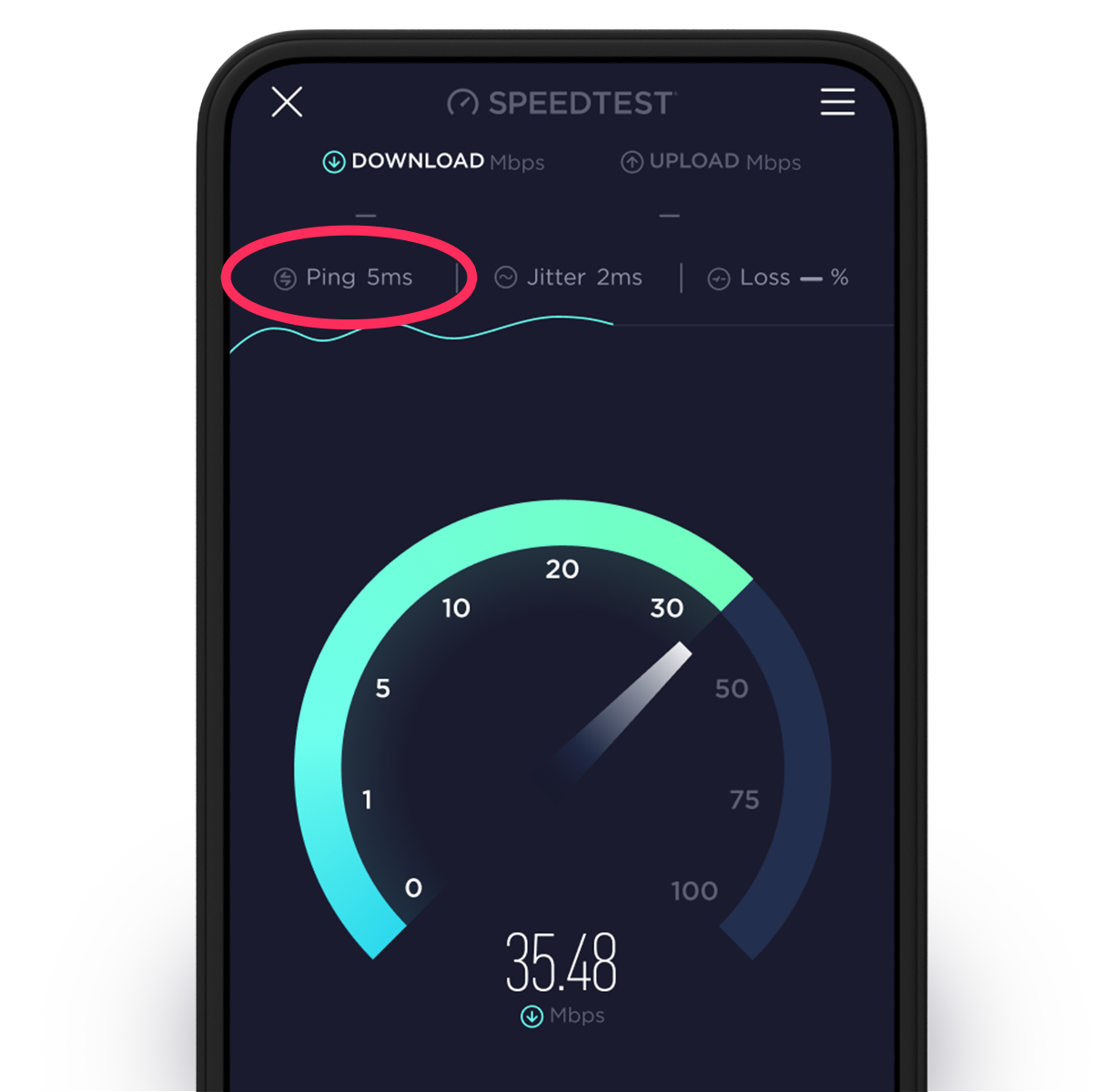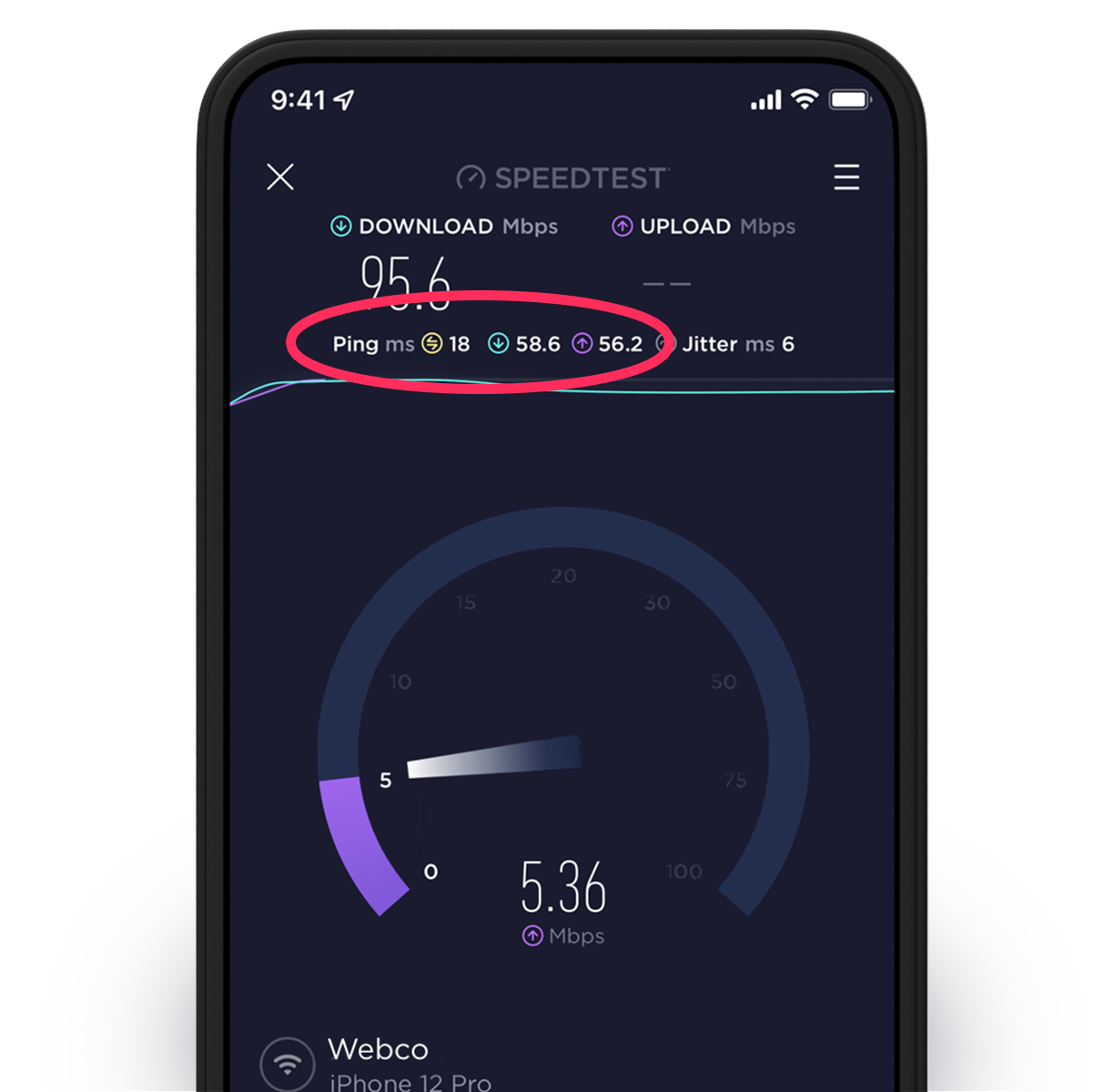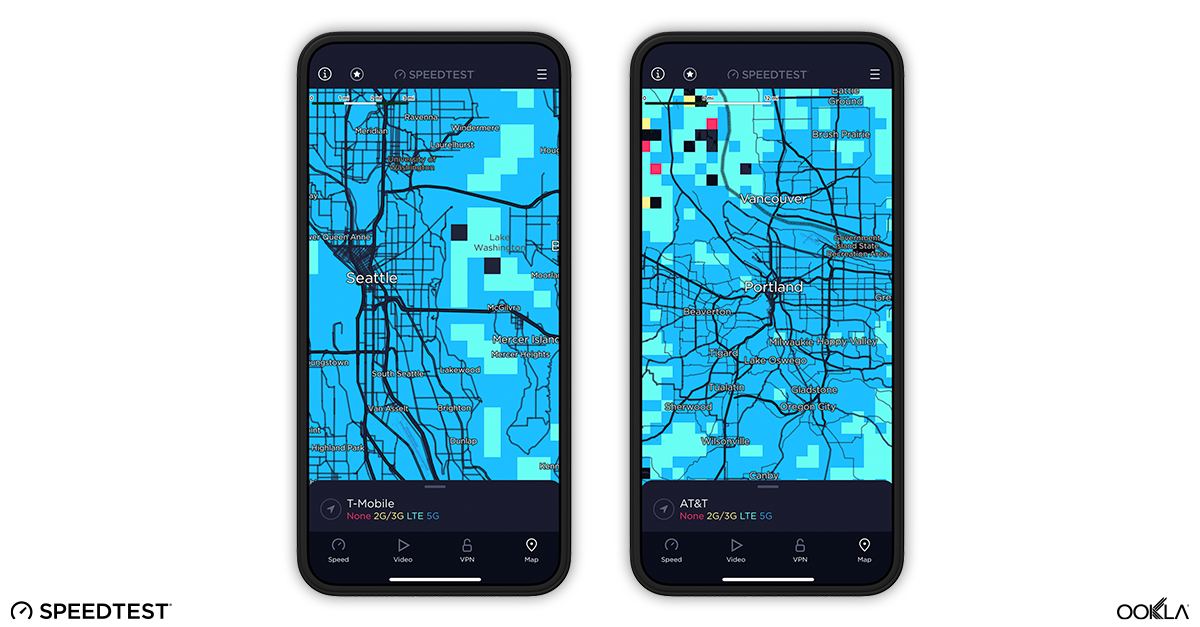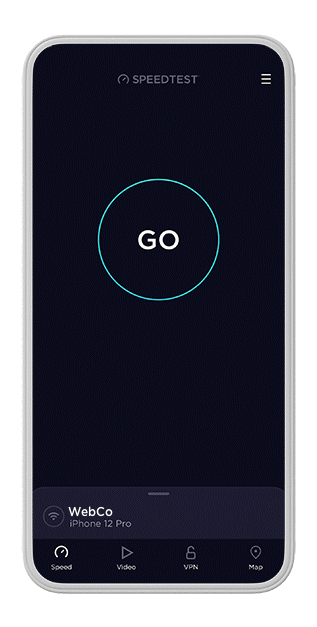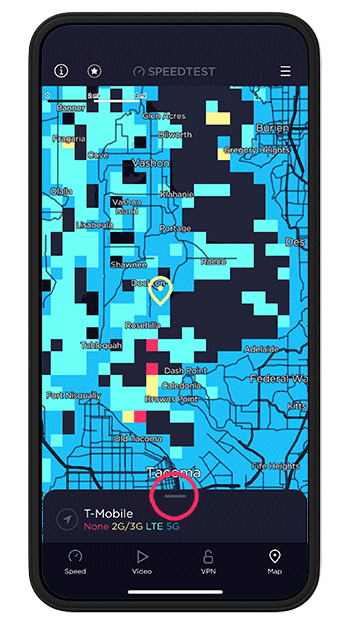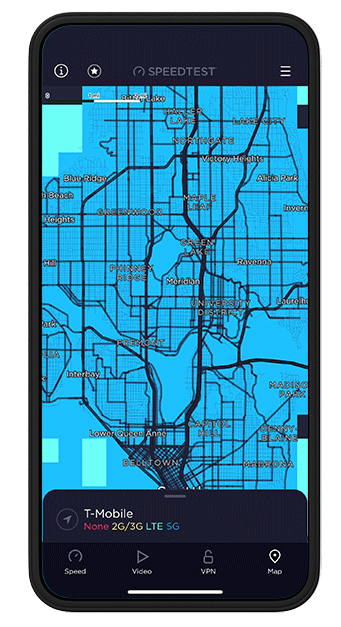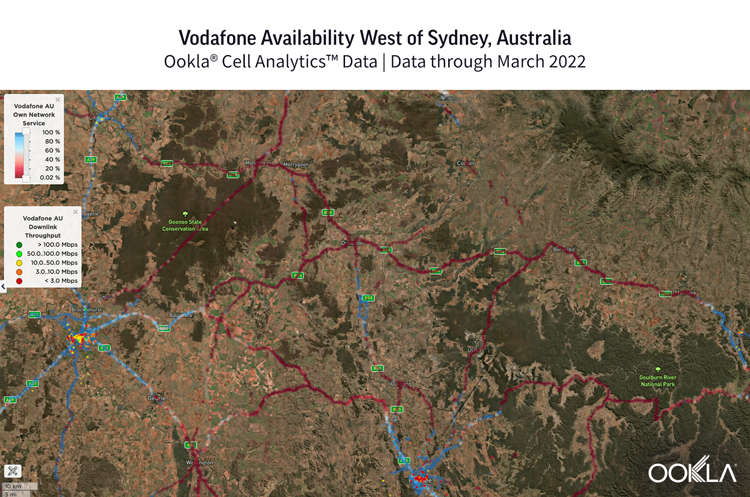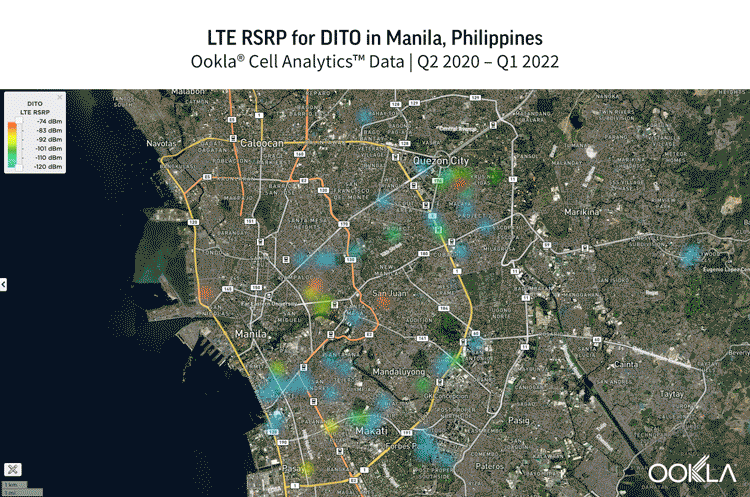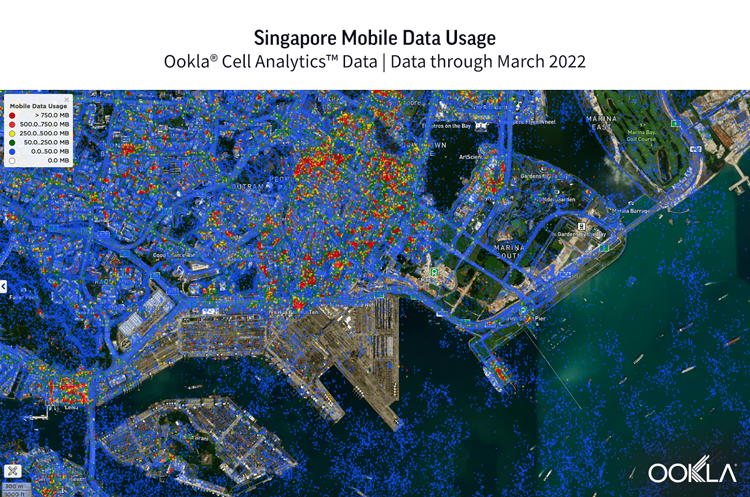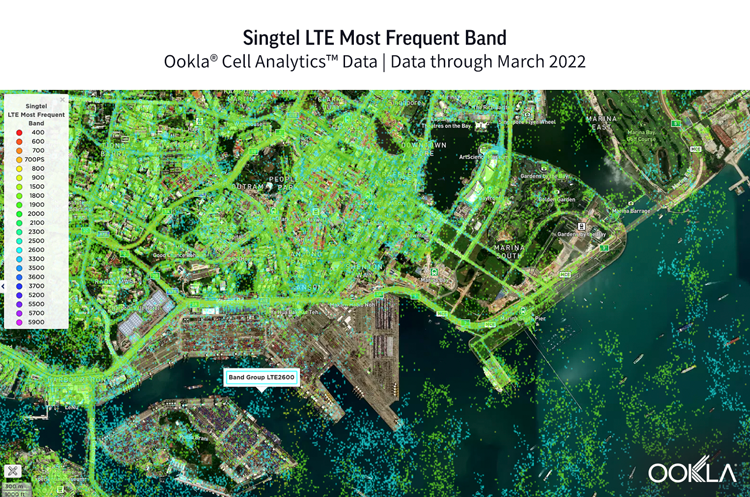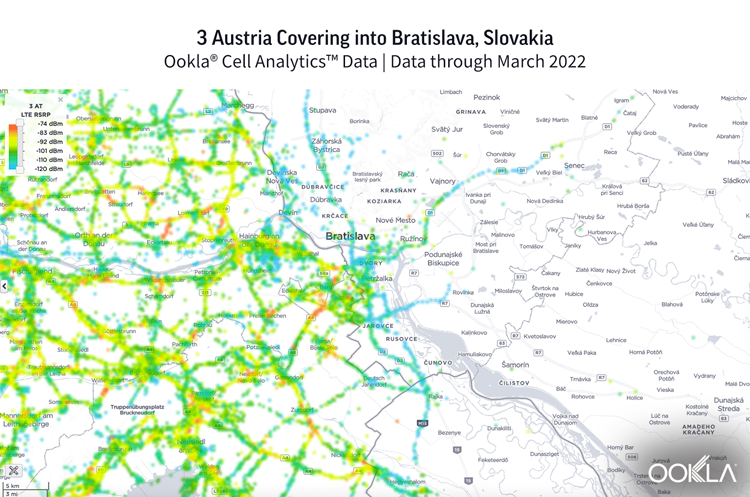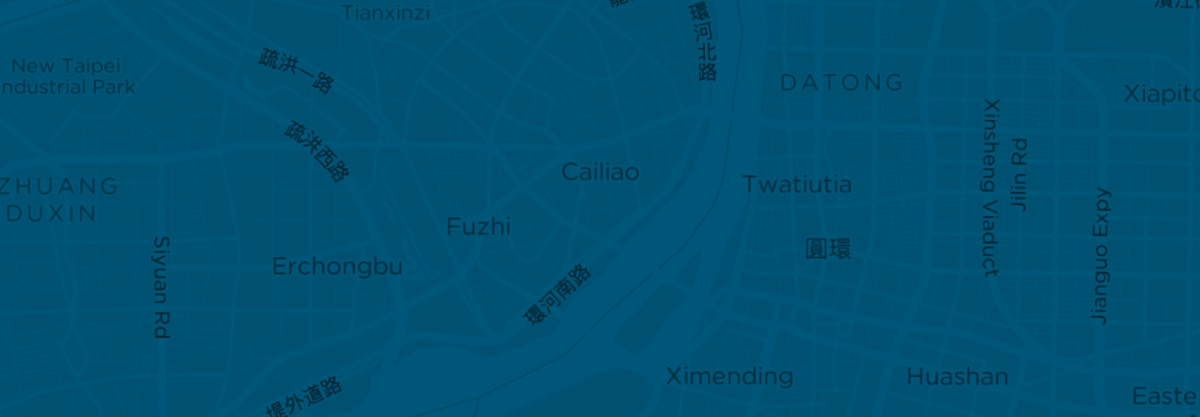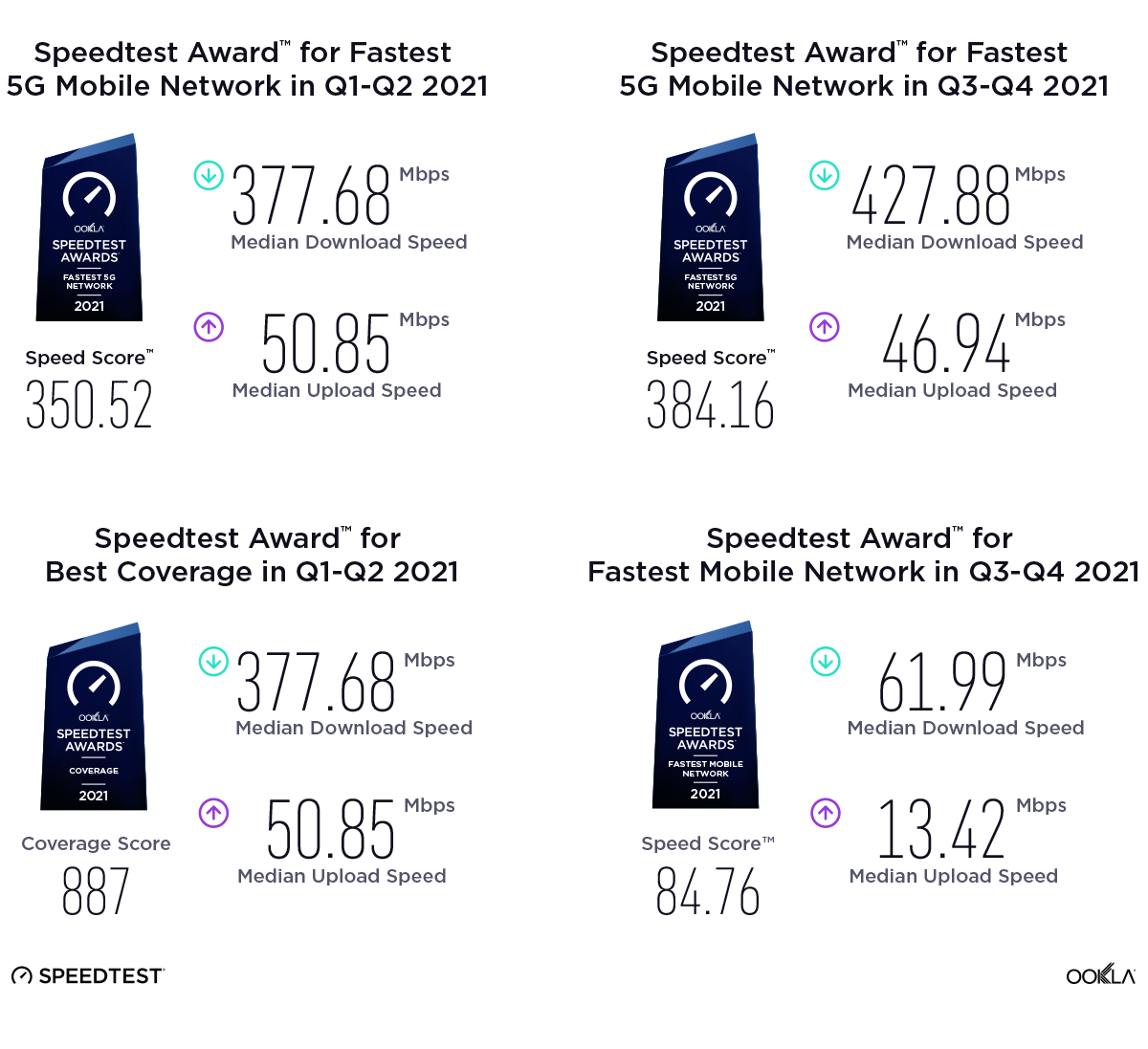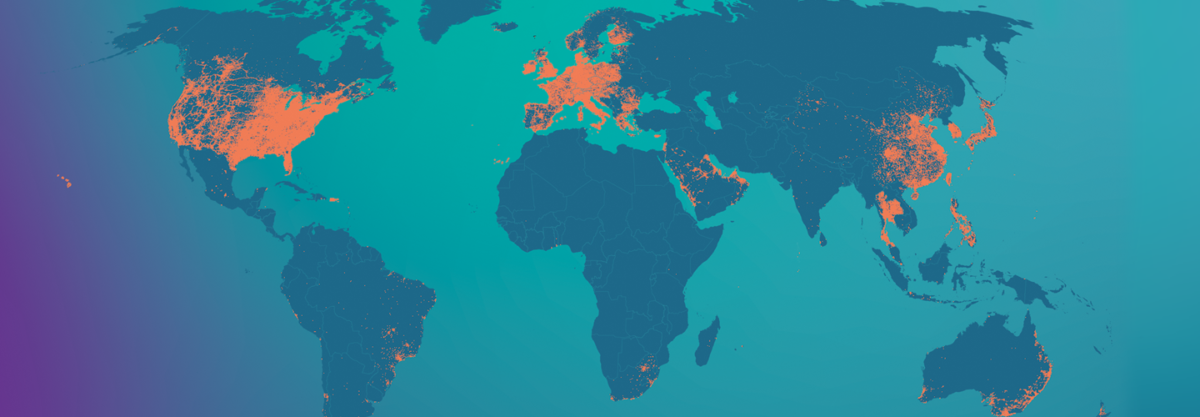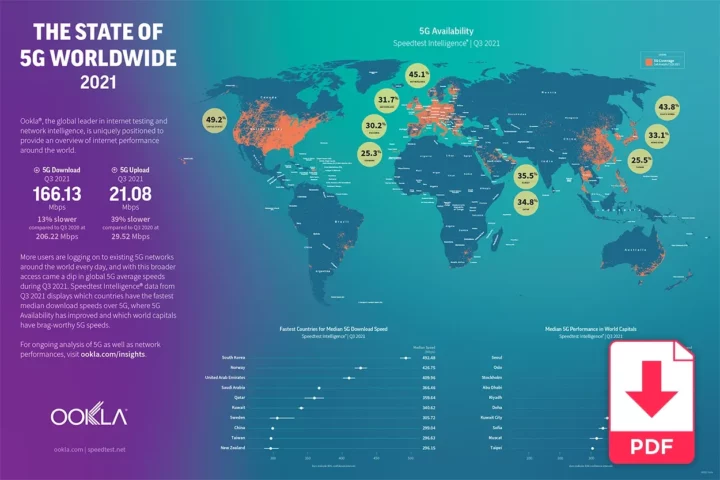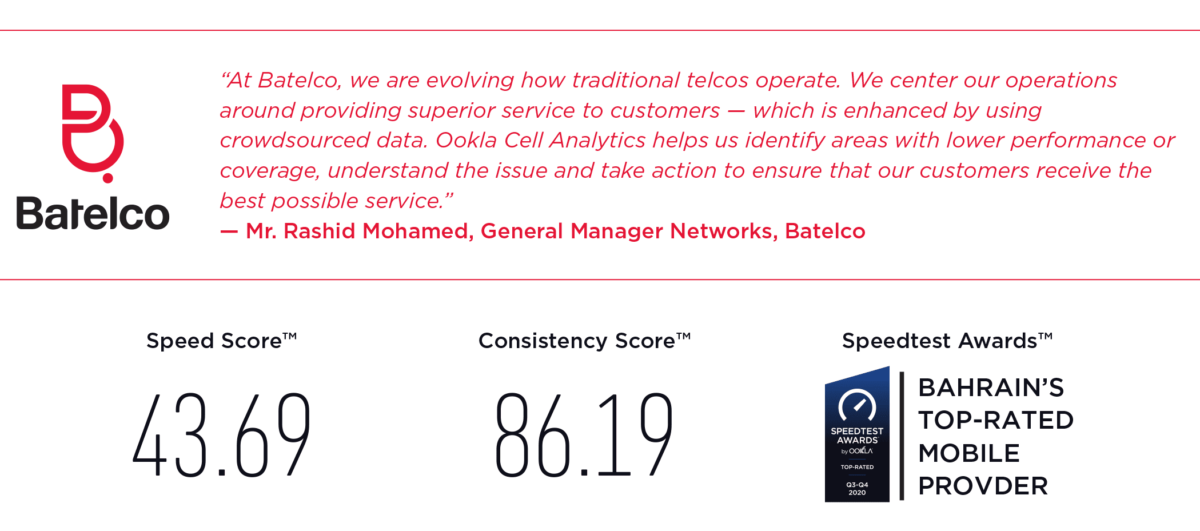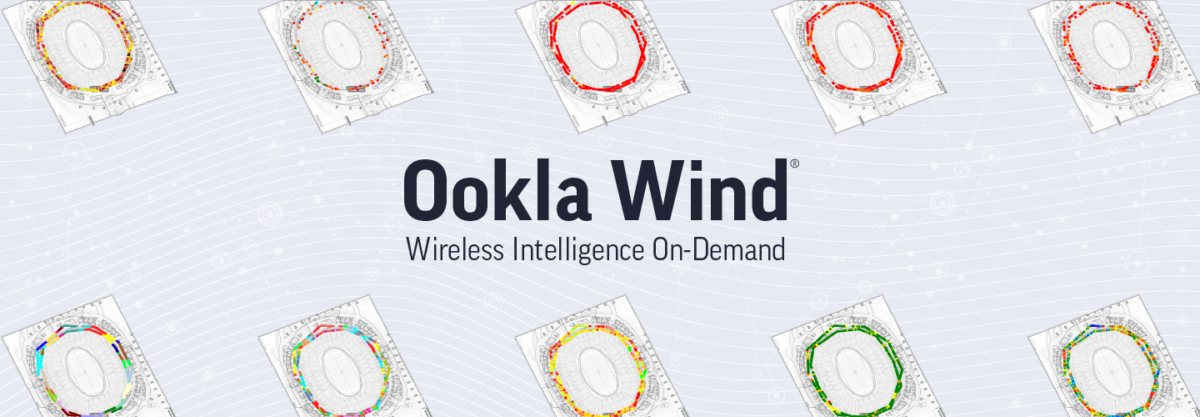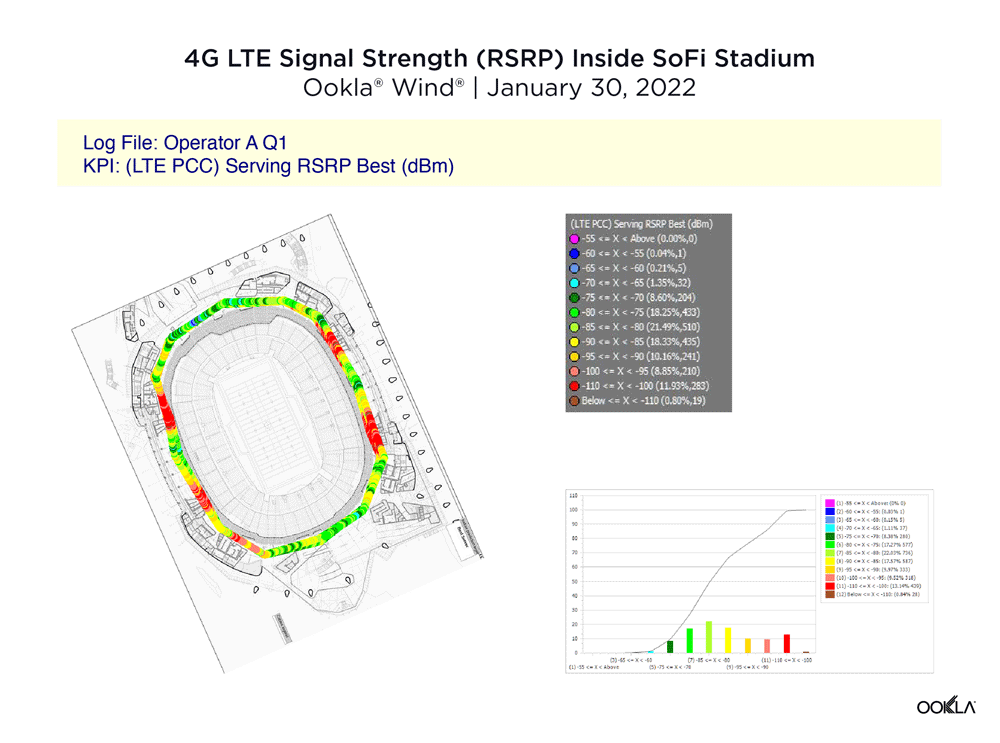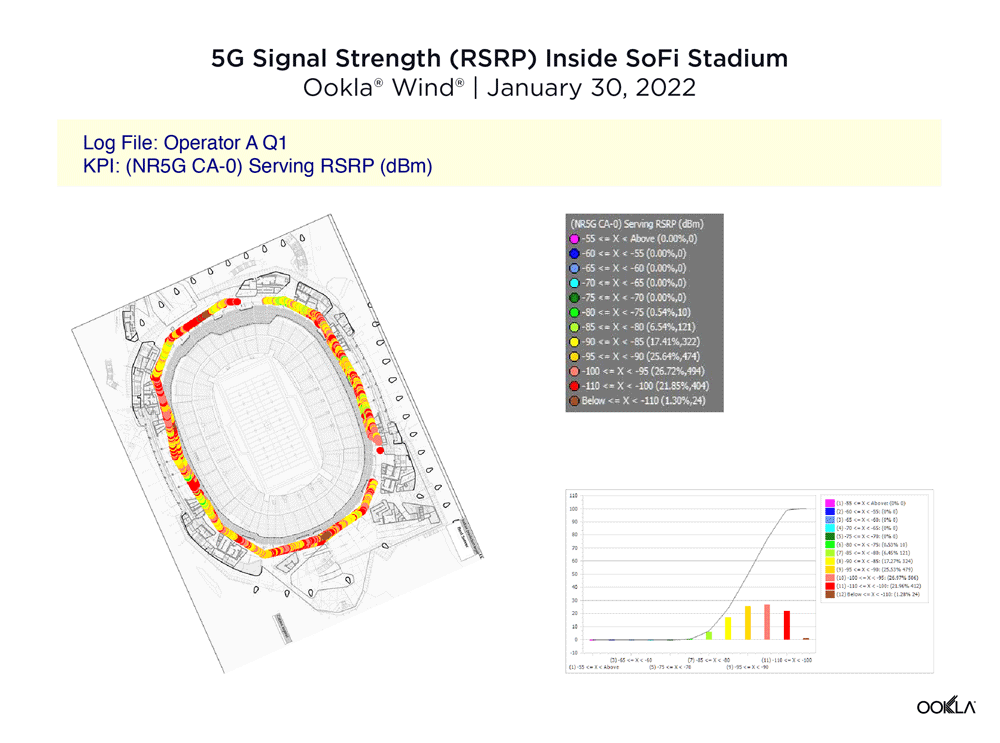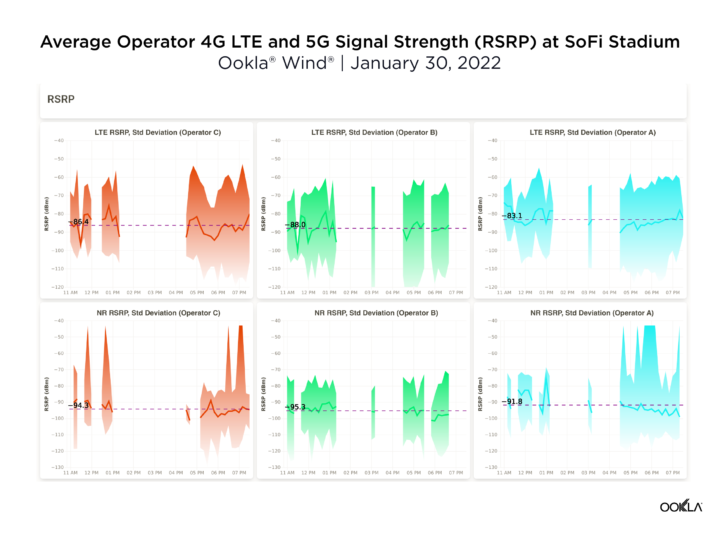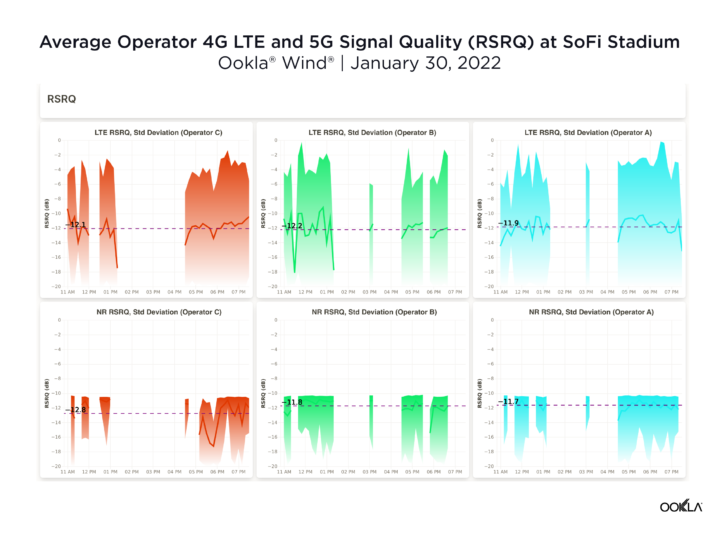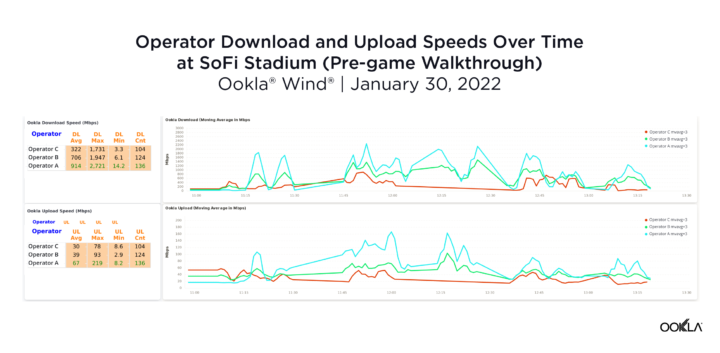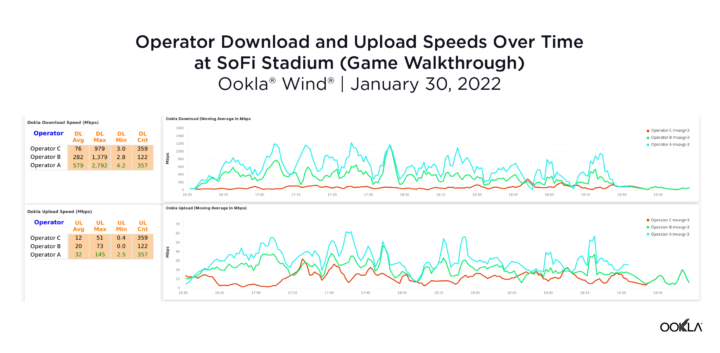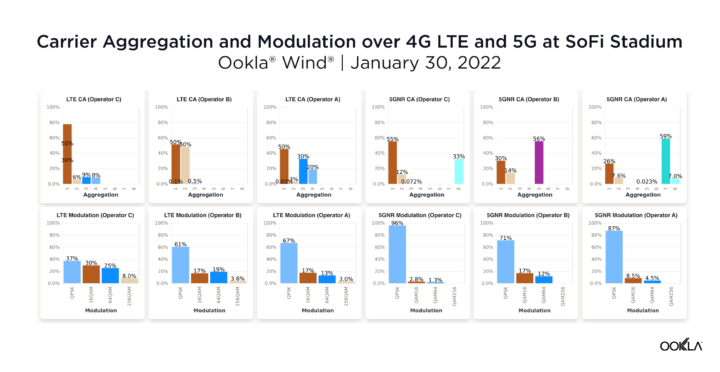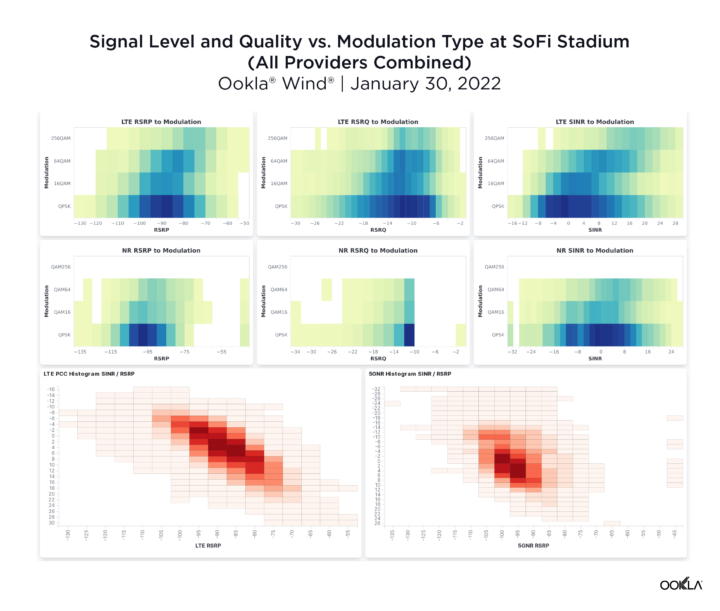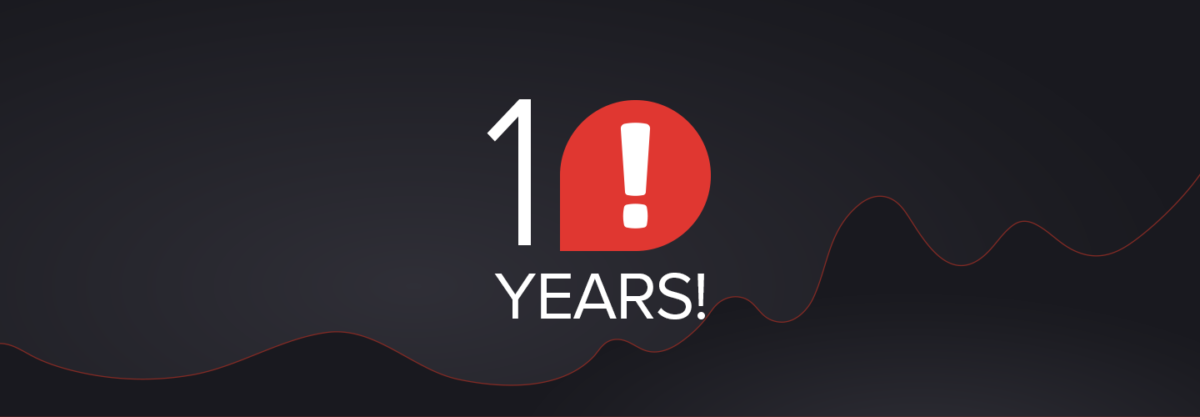Tower companies, DAS, neutral hosts, and other infrastructure providers are heavily investing in wireless assets to deliver expansive, uninterrupted connections with lightning-fast speeds to create a more connected world. While this presents wireless infrastructure providers with opportunities for major growth, they need the right data to make the most profitable investment decisions. This type of data includes network performance, user density, data usage, and other indicators to determine the best locations for investments or partnerships.
In the next Ookla® webinar, learn how wireless infrastructure providers can make smarter investments, more informed real estate decisions, and help improve network performance by using crowdsourced network intelligence to prioritize efforts.
Keep reading to learn how wireless infrastructure providers can use these insights, and sign up for the webinar on Wednesday, June 29, at 10 a.m. PDT (5 p.m. GMT), for a more in-depth discussion.
1. Make more informed wireless infrastructure planning decisions
When wireless infrastructure providers are ready to invest in new assets, they need an accurate view into the availability of coverage and performance in a given area. An oversaturated, congested network may require different solutions than an underserved area.
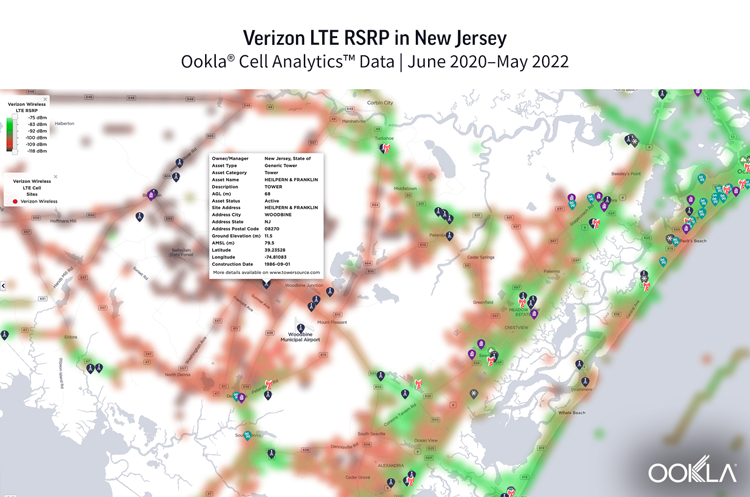
This map shows the location of a mobile network operator’s (MNO’s) towers and the corresponding signal strength on that network, allowing infrastructure providers to better understand where to approach the operator for new assets.
2. Better prioritize future deployments and investments
As MNOs prepare for 5G and other new network deployments, infrastructure providers can use crowdsourced data to determine spots of low coverage and performance in both urban and rural areas. This allows infrastructure providers to determine what areas need additional assets to improve connectivity to serve the population, and they can make those determinations based on usage.
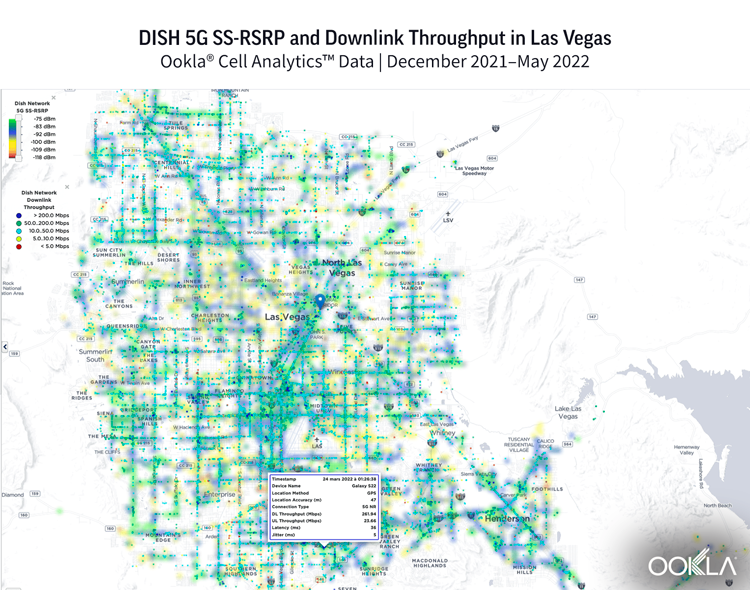
As the operator deployed 5G in Las Vegas, infrastructure providers can use this information to put the right assets in place, such as adding DAS, to support a new network.
3. Benchmark the performance, quality, and availability of existing indoor and outdoor networks
Infrastructure providers can also use crowdsourced network intelligence to find potential co-location opportunities and compare operators to find new business opportunities. By analyzing KPIs for all operators in a given area, an infrastructure provider can determine which operators need to improve network coverage, performance, or quality in key locations.
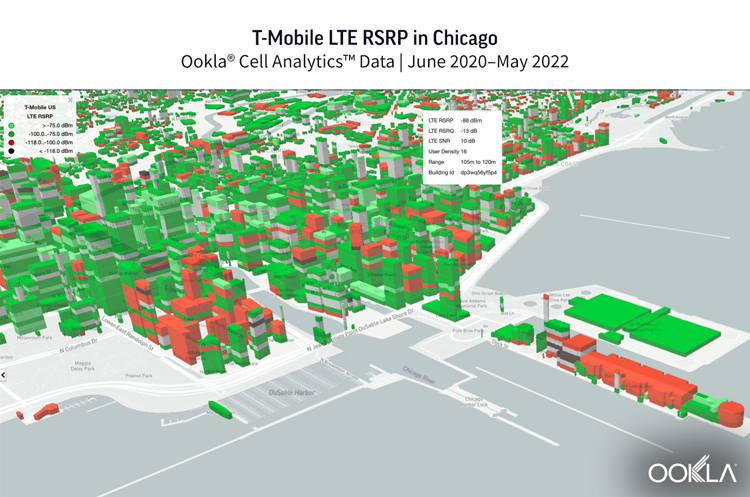
For example, the above image shows areas of poor signal strength for one operator in a city block in Chicago. Comparing this to other operators in the area, an infrastructure provider can identify new sales opportunities down to the individual building level.
4. Identify buildings and areas with high user concentration and data usage, as well as poor network quality, coverage, and performance
By pinpointing congested areas or buildings, wireless infrastructure providers can better plan where to add DAS and other equipment to help offset the network density.
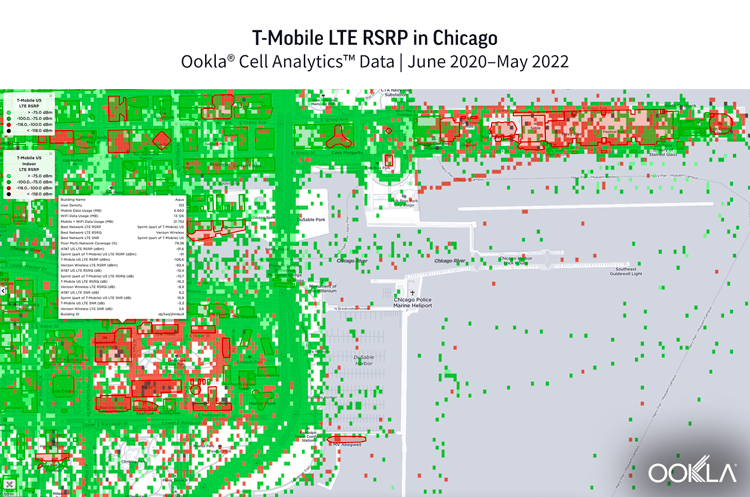
This map shows infrastructure providers where new assets could help with network performance issues related to user density.
5. Drive a more efficient sales process with per-building intelligence
With accurate, detailed insights, the infrastructure provider can export data to pinpoint the exact issues building by building. The provider can then use that data to proactively determine the optimal locations for leasing roof or building space to build new equipment. They can even use that data to identify where operators should lease additional cell sites to improve coverage and performance, which gives them an advantage when starting those business development conversations.

With this data, infrastructure providers can look up the building name and see the individual operator’s performance, and then approach them with the right asset solution.
For more information on how to use crowdsourced data to improve your ROI, join us for the webinar on June 29 at 10 a.m. PDT. Even if you can’t attend at this time, you will receive a video recording after the live event. We look forward to sharing how wireless infrastructure providers are making better investment decisions and answering your questions.
Ookla retains ownership of this article including all of the intellectual property rights, data, content graphs and analysis. This article may not be quoted, reproduced, distributed or published for any commercial purpose without prior consent. Members of the press and others using the findings in this article for non-commercial purposes are welcome to publicly share and link to report information with attribution to Ookla.




